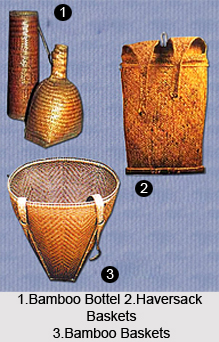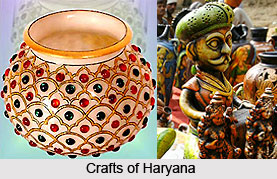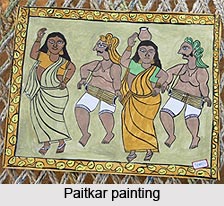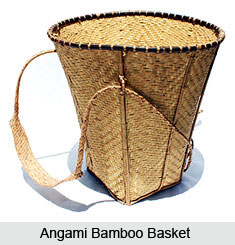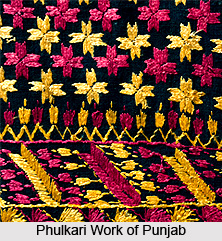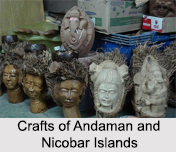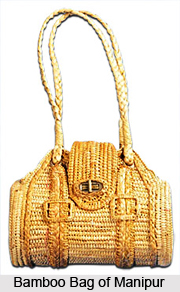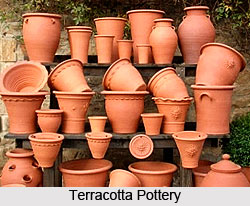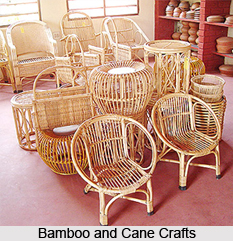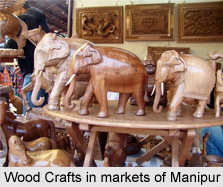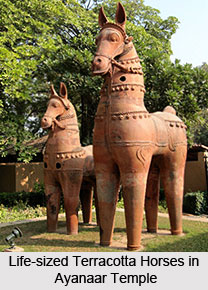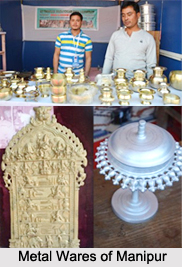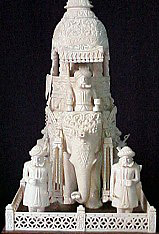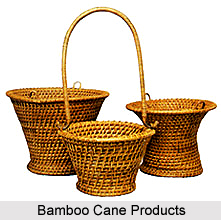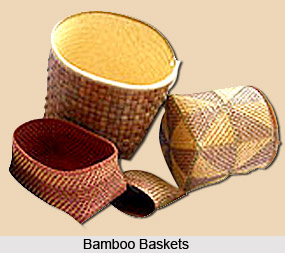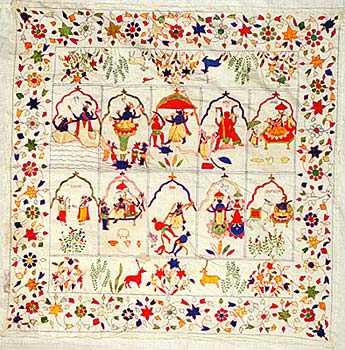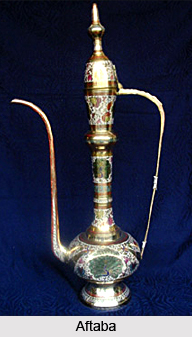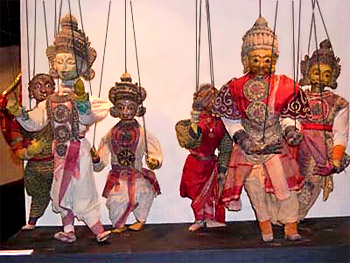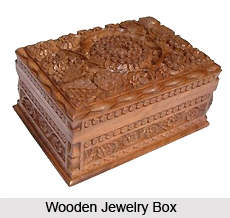 Walnut tree of Kashmir, its color, grains and inherent sheen are unique and unmistakable, and the carving and fret work that is done on this wood is of a very superior quality. There are two types of walnut trees - the fruit bearing species whose wood is so well known, and one that bears no fruit and is locally known as `zangul`. Zangul has none of the beauty of walnut wood, being much less strong and possessing no grain, and will not be dealt with here.
Walnut tree of Kashmir, its color, grains and inherent sheen are unique and unmistakable, and the carving and fret work that is done on this wood is of a very superior quality. There are two types of walnut trees - the fruit bearing species whose wood is so well known, and one that bears no fruit and is locally known as `zangul`. Zangul has none of the beauty of walnut wood, being much less strong and possessing no grain, and will not be dealt with here.
The walnut wood is almost black, and the grain here is much more pronounced than the wood of the trunk that is lighter in color. The branches have the lightest color, being almost blonde, and have no noticeable grain. The intrinsic worth of the wood from each part of the tree differs- that from the root being the most expensive and the branches having the lowest price When a dealer buys a whole tree and leaves it to the season, a part of his capital becomes blocked for that period and this will naturally be reflected in the cost of his product. A cheaper product, on the other hand, is liable to warp, or in case it is taken to warmer climes, will crack or shrink.
Knots on any tree are natural and inevitable, but as their appearance is commonly thought to mar the beauty and smoothness of the finished product, knots are usually concealed skillfully in the sawing, as it is difficult, though not impossible, to mask them while carving. Carving is the demonstration of the carver`s skill, and walnut is eminently suitable for this, being one of the strongest varieties of wood. There are several varieties of carving-deep carving usually with dragon or lotus flower motifs, two inches deep or more; shallow carving, half an inch deep done all over the flat surface; open or lattice work, usually depicting the Chinar motif; and most popularly, semi carving, which is a thin panel along the rim of a surface, with perhaps a Center motif.
The advantage of the semi-carving is that it allows the grain of wood to be displayed, together with the carver`s skill. Naturally deep carving with all the skill and labor required is the most expensive. Wax polishing brings out the sheen inherent in walnut wood, and is by far the most popular finish. Because varnish obscures the grain of the wood and alters its hue, it is seldom used. When choosing objects made from walnut wood, keep in mind that the type of carving and part of the tree used will affect the price.
